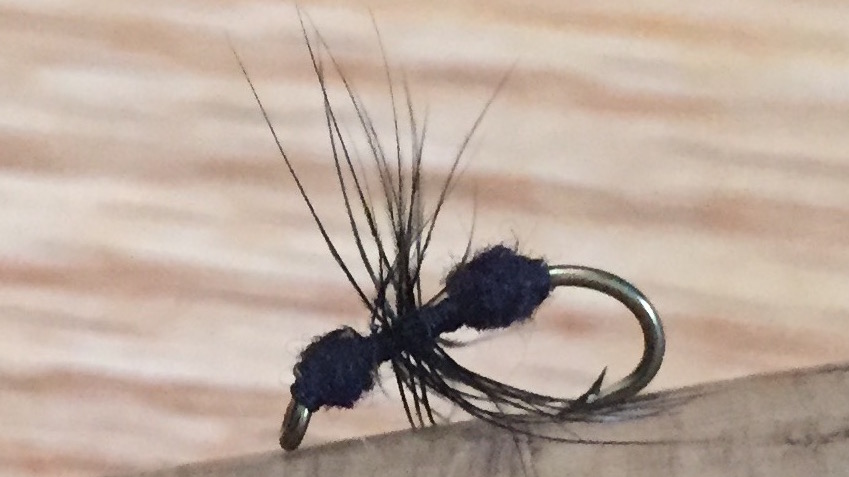 We often hear about the importance of fishing terrestrials in the summer months. Out west, the conversation usually focuses on hoppers. Around here, we talk more about beetles, ants, and inchworms. Regardless, there are a number of land-based insects from beetles, ants and hoppers to cicadas, bees and black flies that find their way into the water during the summer months.
We often hear about the importance of fishing terrestrials in the summer months. Out west, the conversation usually focuses on hoppers. Around here, we talk more about beetles, ants, and inchworms. Regardless, there are a number of land-based insects from beetles, ants and hoppers to cicadas, bees and black flies that find their way into the water during the summer months.
Just the other day on a guide trip, a customer caught a brook trout that had a mouth full of small beetles. The fish had obviously been very recently gorging on them, but if you studied the surface of the water in that pool, you’d have a tough time finding a single beetle on the water. You would also be challenged to see ants, inchworms, or any other terrestrial. However, if you used a bug seine in that same pool, you would get an entirely different picture.
The fact is these land-based insects are not particularly good swimmers. Most of them, particularly ants, beetles and inchworms, briefly attempt to swim on the surface of the water but soon are caught by currents and swept below the surface. But nearly every fisherman who fishes terrestrials, fishes them on the surface… and for good reason. Nearly every fly shop or fly manufacturer almost exclusively sells topwater terrestrial patterns. And most of these are constructed of foam or some other highly buoyant material to make the fly ride high on the water.
While you can certainly catch plenty of trout on these patterns and have a blast doing it, you are missing out on A LOT of fish. If you are a fly tier, try tying a few ants with a dubbed body and a hen feather rather than foam and hackle from a rooster neck. Tie some beetles without the high-vis sighter on the back and instead add a few wraps of lead wire. If you don’t tie flies, place a split shot above your favorite terrestrial pattern next time you go fishing.
A great way to fish them in pocket water is with a straight-line nymphing technique, allowing them to swing at the end of the drift. In pools, fish them a few feet under a strike indicator. Or tie on one of those big, buoyant foam hoppers and drop a submerged beetle or ant about 15” off the back. I probably use this method more than any other.
Learn more about Smoky Mountain hatches and flies in my hatch guide.
